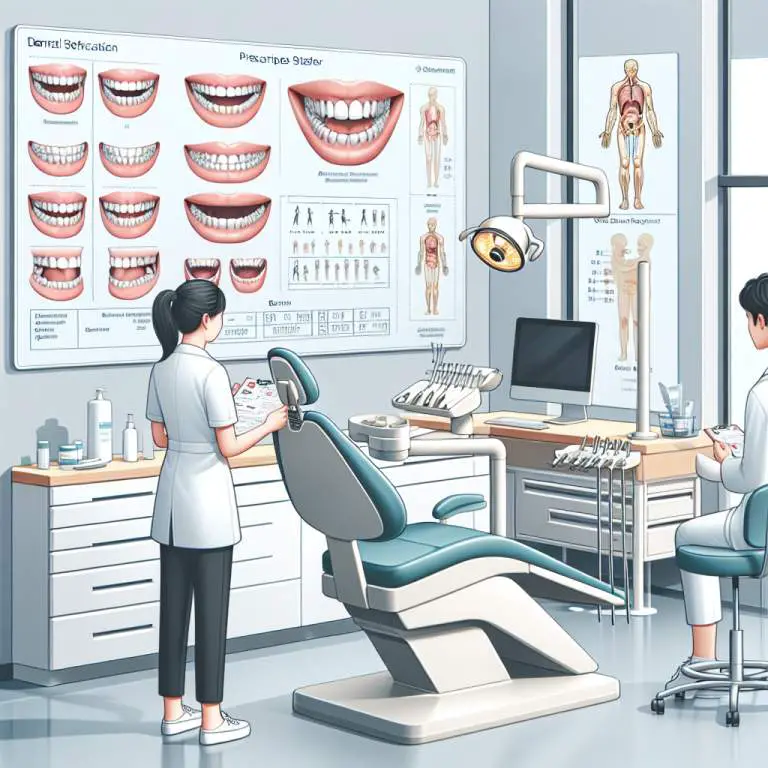Can mewing impact respiratory health in the long term?
Yes, mewing can impact respiratory health in the long term. By promoting proper tongue posture and jaw alignment, mewing may help open up the airway, making breathing easier. People with breathing issues might find that consistent practice over time improves their respiratory function. However, it’s important to approach mewing with guidance from a professional to ensure it’s done correctly.

How Does Mewing Affect the Structure of the Mouth and Throat?
Mewing is a technique that involves placing your tongue against the roof of your mouth. This position is supposed to help shape the way your mouth and throat develop. People say it can make your jawline look better and even change how you breathe.
When you practice mewing, you’re training your muscles to hold your tongue in a new spot. Over time, this can affect the bones in your face and mouth. The idea is that it can lead to a wider palate (the top part of your mouth) and a more open airway, which might help with breathing problems.
What Are the Theoretical Benefits of Mewing on Respiratory Health?
Some folks think mewing could be good for breathing. By changing how the mouth and throat are shaped, it might make more room for air to flow through. This could be especially helpful when you’re asleep, making snoring less likely and maybe even helping with sleep apnea, where breathing stops and starts during sleep.
Another possible benefit is better posture. Mewing encourages you to keep your head back and your spine straight. This not only makes you look taller but also opens up your airway more. An open airway means air can move in and out of your lungs more easily, which could improve overall respiratory health.
Can Mewing Improve Nasal Breathing and How?
Mewing might also help with nasal breathing, which is when you breathe through your nose instead of your mouth. Breathing through the nose is generally better for health because it filters out dust and germs, warms up cold air, and adds moisture to dry air before it hits our lungs.
The theory goes like this: if mewing expands the palate and opens up the airway, there’s more room for air to pass through the nose comfortably. When there’s enough space in the nasal passages, people might find it easier to breathe through their nose rather than their mouth, leading to healthier breathing habits.
What Evidence Exists Supporting Mewing’s Impact on Respiratory Health?
So far, most of what we know about mewing comes from personal stories rather than scientific studies. Some people say they’ve seen big changes in how they look and breathe after practicing mewing for months or even years. They talk about having clearer nasal passages and feeling like they can take deeper breaths without struggling.
However, there aren’t many formal research studies that test whether mewing really works as claimed. A few studies have looked at similar techniques used by orthodontists to change facial structure but haven’t directly studied mewing itself. So while there are lots of interesting stories out there, we still need more evidence to know for sure how much impact mewing can have on respiratory health.
| Aspect | Effect of Mewing | Evidence/Study |
|---|---|---|
| Nasal Airway Resistance | Potential Reduction | Limited studies; anecdotal evidence suggests improvement in nasal breathing. |
| Oxygen Saturation Levels | Possible Improvement | No direct studies; related research indicates proper oral posture may influence oxygen intake. |
| Sleep Apnea Symptoms | May Improve Mild Cases | Indirect evidence; proper tongue posture could alleviate obstructive sleep apnea symptoms by maintaining an open airway. |
| Breathing Pattern Disorders (BPD) | Improvement Possible in Conjunction with Other Therapies | No specific studies on mewing; however, correcting oral posture can be part of broader BPD management strategies. |
| Note: While some individuals report benefits from mewing, scientific research directly linking mewing to enhanced respiratory function is limited. Consultation with healthcare professionals is recommended for breathing issues. | ||
Are There Any Risks or Downsides to Mewing With Respect to Breathing?
Mewing, when done incorrectly, can lead to some risks or downsides, especially concerning breathing. Some people might find it hard to maintain the correct tongue posture. This can cause discomfort or even worsen breathing issues instead of improving them.
Moreover, excessive force or incorrect mewing techniques can lead to jaw pain, misalignment, and even temporomandibular joint disorder (TMJD). It’s crucial for individuals to research properly and possibly consult with a professional before starting mewing exercises.
How Long Does It Take to See Improvements in Respiratory Health Through Mewing?
The time it takes to see improvements in respiratory health through mewing varies from person to person. For some, noticeable changes might occur within a few months of consistent practice. However, for others, it could take longer.
It’s important to remember that mewing is not a quick fix but rather a long-term commitment. Patience and consistency are key factors in achieving any potential benefits related to respiratory health.
What Techniques Should Be Followed for Effective Mewing Practice?
To practice mewing effectively, one should start by ensuring the entire tongue is pressed against the roof of the mouth. The tip of the tongue should be placed just behind the front teeth without touching them. This helps engage the correct muscles and promotes proper oral posture.
Breathing through the nose while maintaining this position is also essential for effective mewing practice. Regular checks throughout the day to ensure that the tongue remains in place can help solidify this habit over time. Consulting with an orthodontist or speech therapist can provide personalized guidance and adjustments as needed.
Final Thoughts
Mewing has gained popularity as a technique purportedly offering various health benefits, including improvements in respiratory health. While some individuals report positive outcomes, it’s important to approach this practice with caution and realistic expectations.
Risks and downsides do exist, particularly if mewing is practiced incorrectly. Therefore, educating oneself about proper techniques and potentially seeking professional advice is advisable before embarking on this journey towards improved respiratory health through mewing.







